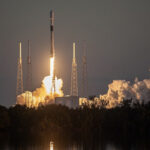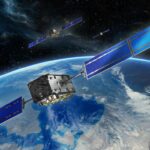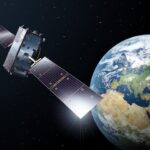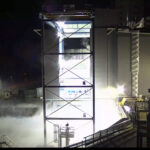Galileo High Accuracy Service Now Operational, Providing Corrections Worldwide for Free
The Galileo High Accuracy Service (HAS) is officially available, becoming the first GNSS to offer free precise point positioning (PPP) corrections worldwide via both the Galileo signal in space (E6-B) and the internet. The announcement was made Tuesday during the 2023 European Space Conference in Brussels, Belgium.
By Renee Knight













